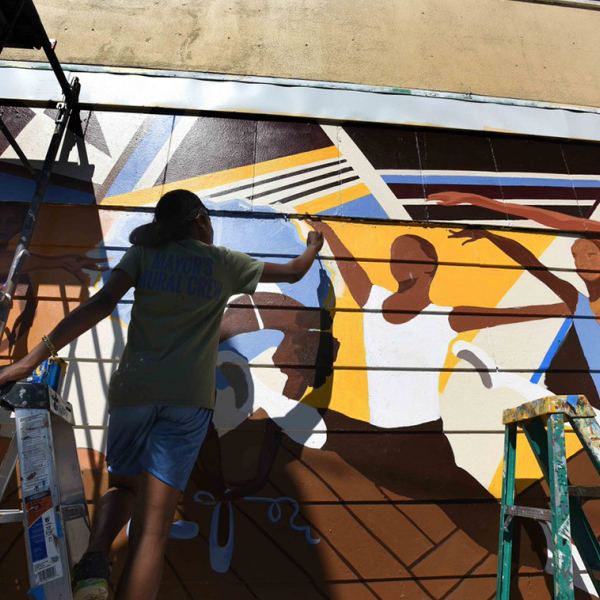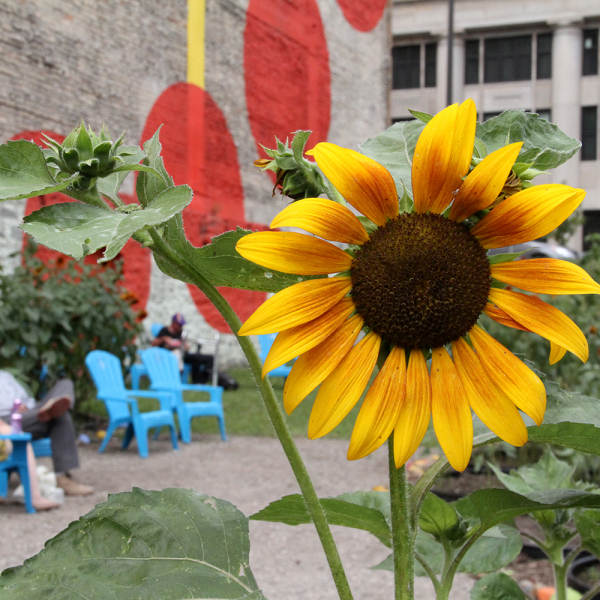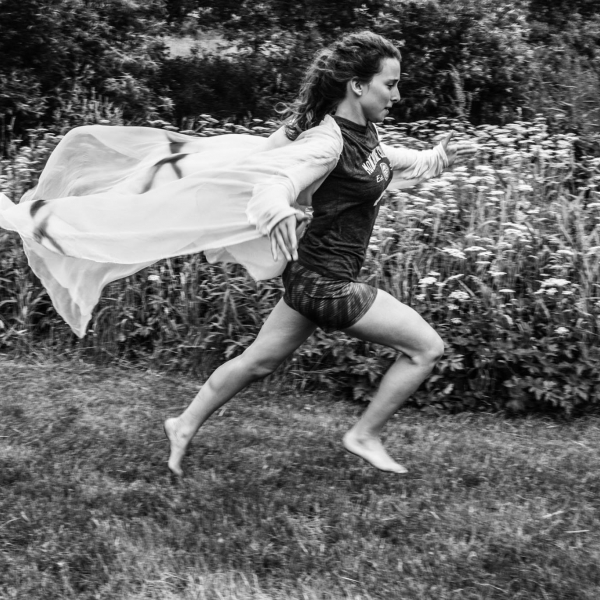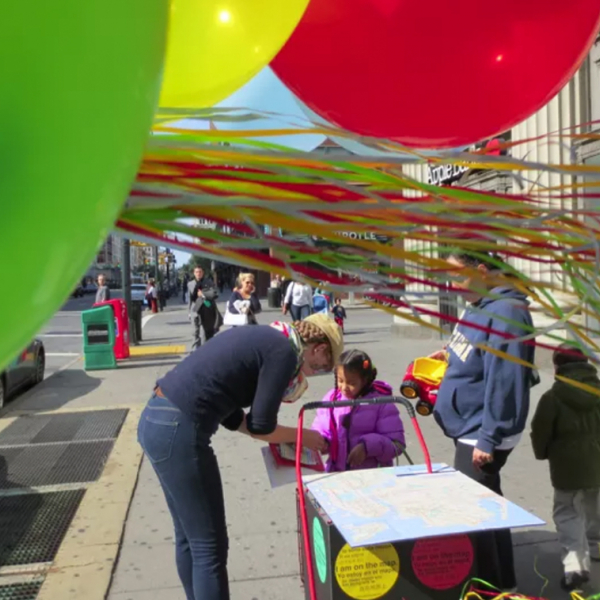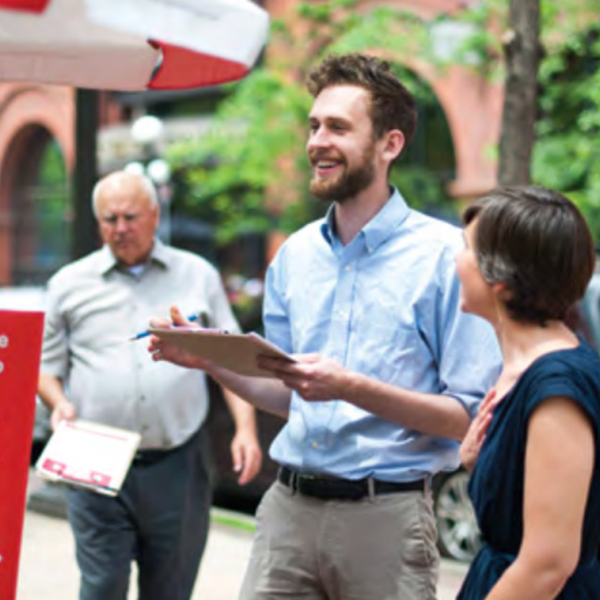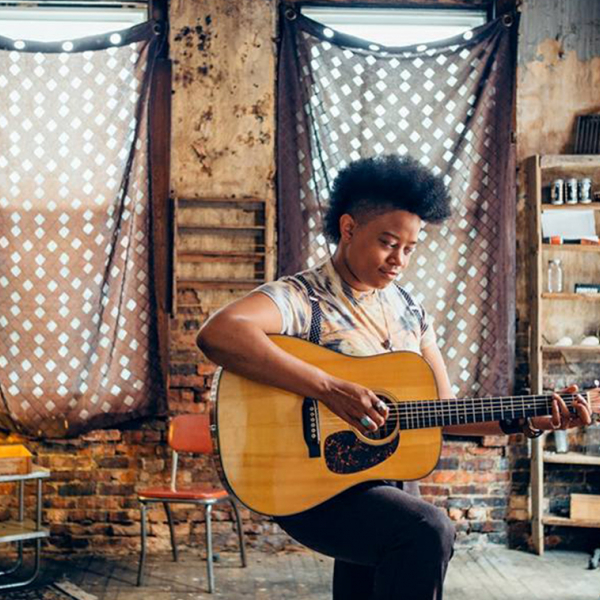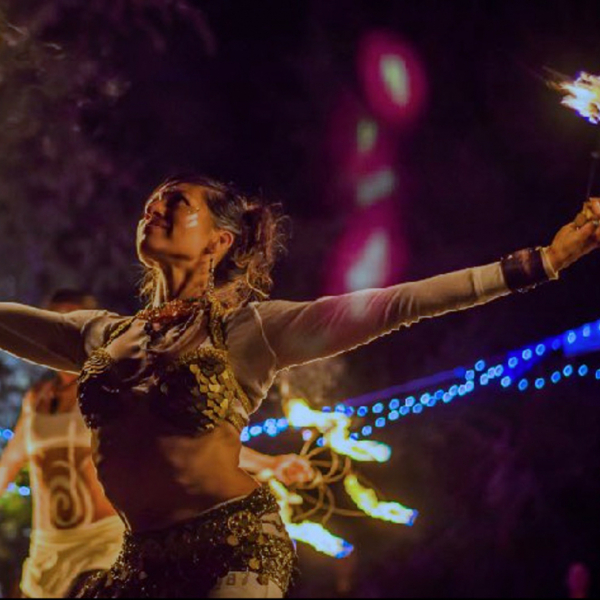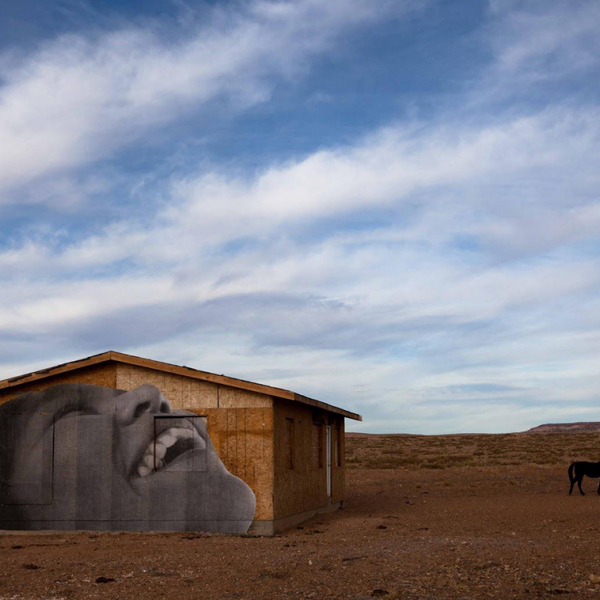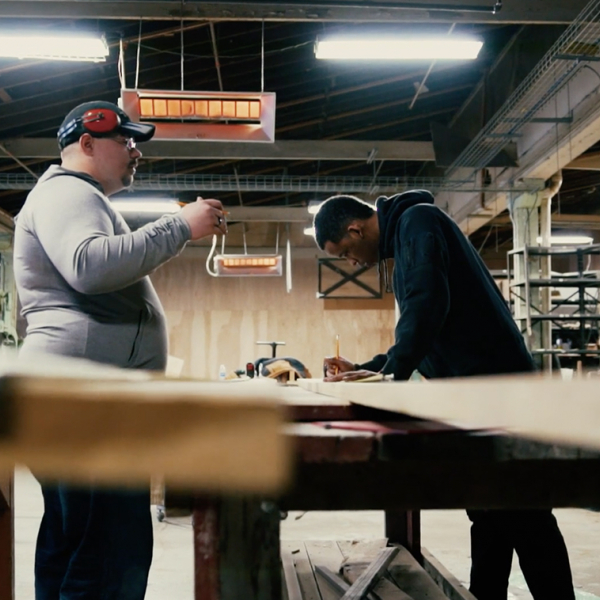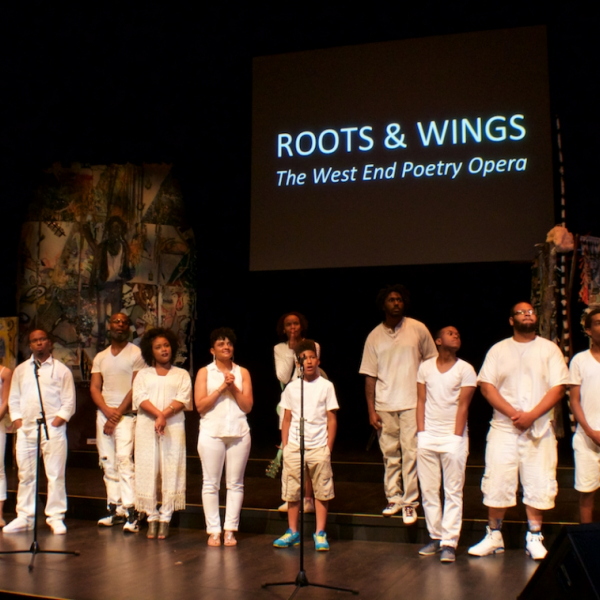Kara Elliott-Ortega is the Director of Planning & Policy at the Mayor’s Office of Arts and Culture for the City of Boston. We caught up with her to find about the groundbreaking intersection of arts and culture with the built environment and community development in Boston. "The Mayor's Office of Arts and Culture used to be part of another office, the Mayor’s Office of Tourism and Special Events. Mayor Walsh ran on a platform that included supporting the arts, and when he started his term four years ago, he created the office of Arts and Culture as its own department and hired a Chief of Arts and Culture, which is the first cabinet-level position for the arts in the City of Boston. The City released its first cultural plan, Boston Creates, and as a city planner by training I worked on that planning effort."
11.07.18
Visual artist Amanda Lovelee is a based in Minneapolis, MN and has just finished her tenure as the City Artist for Public Art Saint Paul. She acts as translator between the city’s ideas and its residents with the goal of building the city everyone wants to live in. As City Artist Amanda has focused on engagement through both her projects Pop Up Meeting, a city popsicle truck and Urban Flower Field, a vacant lot turned gathering space/live science project. As she was leaving her role, she thought it would be nice to write a love letter to the city she has worked with for the last 5 and ½ years.
07.07.18
One of the oldest artist-owned ensemble theaters in the U.S. Double Edge Theatre, are getting ready to transform vacant and underutilized farm buildings on a 100-acre former dairy farm in Ashfield, MA into a vibrant arts campus, which aims to make Ashfield a destination that aggregates creativity, artistic expression, imagination, and culture alongside a rural identity; demonstrating how art is key to economic sustainability.
04.07.18
What roles can artists play in city government? How can artists in residence support arts and culture strategies in the public arena? What do artists need for their municipal engagements to succeed?Artists Elizabeth Hamby, Jules Rochielle Sievert, and Onyedika Chuke joined ArtPlace’s Sarah Calderon for a discussion about what works and what doesn’t—and to what ends—for artists in residence in city agencies, with a focus on New York City.
28.06.18
The water sector needs new solutions and innovative collaborations to drive positive and lasting change in water management. Sharing the conviction that arts and culture strategies have the power to transform the way the nation views, values, and manages water, the US Water Alliance partnered with ArtPlace America to catalogue the best and brightest models and partnerships that are utilizing arts and culture to advance sustainable, integrated and equitable water management into this report, complete with in-depth case studies.
27.06.18
I work at the Appalshop — originally short for “Appalachian Film Workshop.” We were founded in 1969, with funding from the federal War on Poverty and the American Film Institute, as a program to teach young people in the mountains to make films. A few years later, when the government money stopped, some of those young people took it over and re-founded it for themselves. Ever since, it’s been a grassroots multimedia cultural center: a film producer, theater company, radio station, record label, news outlet, youth media training program, deep regional archive and sometimes book and magazine publisher. It’s put the means of cultural production in the hands of local people.
26.06.18
Dierdre Morrison is an Americorps member whose focus is community and economic development through creative industries, at Elsewhere Studios, —an artist-in-residence program in Paonia, Colorado. She spoke to us about a summer (2018) project called INSPIRED: Art at Work —which is designed to advance area dialogue and help shift some of the polarization in our community as they consider the future.
21.06.18
Earlier this year we were lucky enough to sit in on a webinar run by The Rural Policy Research Institute (RUPRI) in collaboration with Art of the Rural. They drew together experts in the field to talk about Creative Placemaking For the Next Generation in rural areas. Together they have created the Next Generation Theory of Change, a national collaboration that engages artists, organizations and communities across the public and private sectors to advance innovative strategies and collaborations in rural creative placemaking.
19.06.18
The mission statement of Coalfield Development is “We believe in developing the potential of Appalachian places and people as they experience challenging moments of economic transition by unlocking people’s creative power to transform perceived problems into opportunities in the communities we call home. We empower people to have faith in themselves to learn and grow. People who have never dreamed of earning a degree walk across the graduation stage with pride and work beside our employees improving our own communities in real, tangible ways, such as rehabilitating dilapidated buildings, repurposing abandoned mine lands, and starting new businesses.”
14.06.18
Over the past several decades, evidence has mounted to demonstrate that the arts have positive and measurable impacts on individual and community health. The field of arts in health has emerged from a rapidly growing number of arts programs in healthcare settings. Concurrently, creative placemaking initiatives across the United States have demonstrated that the arts are a powerful means for strengthening the social and physical environments in communities.






